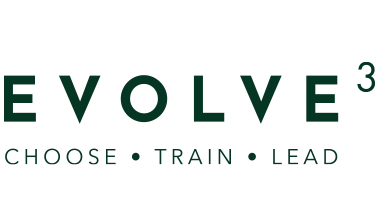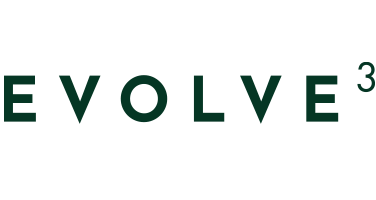20 Nov Managing customer dietaries
Managing customer dietaries can be a challenge, especially with the ever-increasing range of dietary restrictions and preferences. Simplifying this process can improve customer experience and help to avoid mistakes that can result in negative reviews and lost business.
Avoiding the legal, economic, and reputational issues that may arise from a serious allergic incident are also important considerations. You have a duty of care to ensure those with genuine allergies and medical dietary restrictions are able to make informed decisions about your offer before partaking. Here are some options for simplifying customer dietaries management in your venue:
1. Provide clear and concise menu descriptions: clearly state any allergens or dietary restrictions that may be present in each dish. This will help customers to easily identify which dishes are suitable for their dietary requirements.
2. Create separate menus for specific dietary requirements: Consider creating separate menus for specific dietary requirements, such as vegetarian, vegan, gluten-free, or dairy-free. This will make it easier for customers to find suitable dishes and reduce the risk of cross-contamination. It can simplify communication between front-of-house and kitchen during service periods.
3. Train your staff: Ensure that your staff are trained on how to handle and manage customer dietaries. Staff product knowledge should not be limited to just knowing the composition of each dish, they should be able to answer questions about allergens and dietary restrictions and be able to make appropriate recommendations based on customer preferences. Most of our clients create a detailed dietaries matrix whenever they update their menus to assist with this process.
4. Offer customisable options: Depending on your market level and offer, you could make a feature of offering ‘build-your-own’ options, where customers can choose the ingredients that suit their dietary requirements.
5. Keep track of customer dietaries: Implement a system for keeping track of customer dietaries, most modern reservations systems offer this functionality. This will ensure your staff can provide a personalised experience for returning customers and avoid any mistakes or misunderstandings.
6. Use technology: Consider using technology, such as ordering apps or other digital menu interfaces to manage customer dietaries. This can streamline the ordering process and reduce the risk of errors. It may also reduce the training required for your customer facing team.
7. Partner with suppliers who cater to dietary requirements: Work with suppliers who offer products that cater to the dietary requirements of your customers, such as gluten-free or vegan options; halal or kosher ingredients. This will make it easier to provide a wider range of options for customers with specific dietary needs.
Once you’ve framed your policies around this aspect of food service and hospitality, the key to getting dietaries management right is the quality of the training you give your staff. Consider our How To Train 2-day workshop to help you and your team evolve your training materials and delivery.



